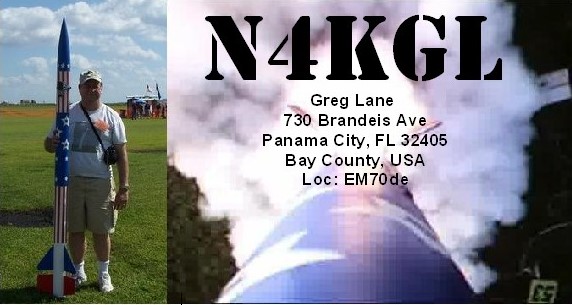I read Tom Schiller's book Array of Light. In Array of Light, Tom N6BT, makes a great case on how antenna efficiency can translate to enjoyment of amateur radio. I also am intrigued by Tom's experience with verticals on the beach for DX-peditions. According to Tom, a vertical on or close to sea-water can be as effective as a yagi. Tom was a former principal of Force 12 antennas. He now has his own line of antennas at N6BT.com. He has a Bravo line of vertical dipoles which is his improvement over the Force 12 Sigma line of vertical dipoles. I exchanged a few emails with Tom and he recommended the Bravo 7K for me. I decided to get one with the extended tripod legs, splash coating and a carry bag. It took about ten days to ship. Tom said he took a few days off due to the hot weather in California at that time. The antenna arrived exactly as ordered. I did a test assembly and it is mechanically sound. The vertical element and the two radials are nested lengths of tubing and these are extended to specified lengths and secured with hose clamps.You may think this antenna is a ground plane due to its appearance but Tom explains it is a vertical dipole. The Bravo 7K web page and users manual go into a lot of detail I will not repeat here.
See more photos in this album.
There is some work involved to assemble and set the antenna for a specific band. It covers 40 through 10 meters. The element lengths vary and there are coil setting which are done via jumpers. I have not timed it but I am thinking 10 to 15 minutes to setup the antenna and 3 to 5 minutes to change bands. So no armchair band switching here, you are required to get out of the chair. And you thought hams are sedentary.
I started Sunday morning doing a SWR check on all bands in my front yard. My finding were as follows:
UPDATE: I scrunched the coils for 40 and 30 meters on the right side of the Bravo 7K coil box and it brought the SWR under 2.0 for those bands. So all bands 40 though 10 are under 2.0 now
40 is under 2.0
30 is about 2.0
20 is under 2.0
17 m is under 1.7
15 m is under 1.5
12 m is under 1.25
10 m is under 2.0
Perhaps 40 and 30 could use some coil tweaking. But for now I will leave well enough alone. I can use the KX3 internal
tuner for SWR above 2.0. The measurements were made at the end of
30 feet of RG-8 coax.
Now to make some contacts. I started on 10 meters using the KX3. A few signals on 10 but no joy. So on to the other bands. I worked:
SV3AQR 24.957
(switched to the Icom 7100 at 100 watts here)
AE7HS in Idaho 24.965
YV5EAH in Venezuela 24.970
HI3RST/KP4 near San Juan 21.275
W6RGG 21.278
CV3AQR 18.140
IN3/EA5RM on 18.153
EA8CSD on 18.126
K2ANC in New York on 18.117.5
KC3BRA in Pennsylvania on 18.117.5
OM2VL on 14.278
(switched back to the KX3 at 10 watts)
WA8REI Ken in MI on 14.061
K1YAN in Plymouth MA 10.114
WF8O Mike in Ohio on 7.052 589 report
So I must say I am pleased. I was especially pleased to get a 589 on 40 CW from Ohio with 10 watts.
I do Rapid Deployment Amateur Radio (RaDAR). Will the Bravo 7K fit in? This is a tough call. It is not terribly heavy and fits into a nice bag. It is self supporting so no fiberglass poles to pack. The trade-off is the setup time and band change time verses the expected performance. It is hard to beat the quick band changes and portability of the Alexloop. We will keep pondering this one. But never less I expect to continue seeing what the Bravo 7K can do in my portable ops. My goal this fall is to get this antenna out to the Gulf and bay side parks here in Northwest Florida. There I can explore its performance near salt water.

